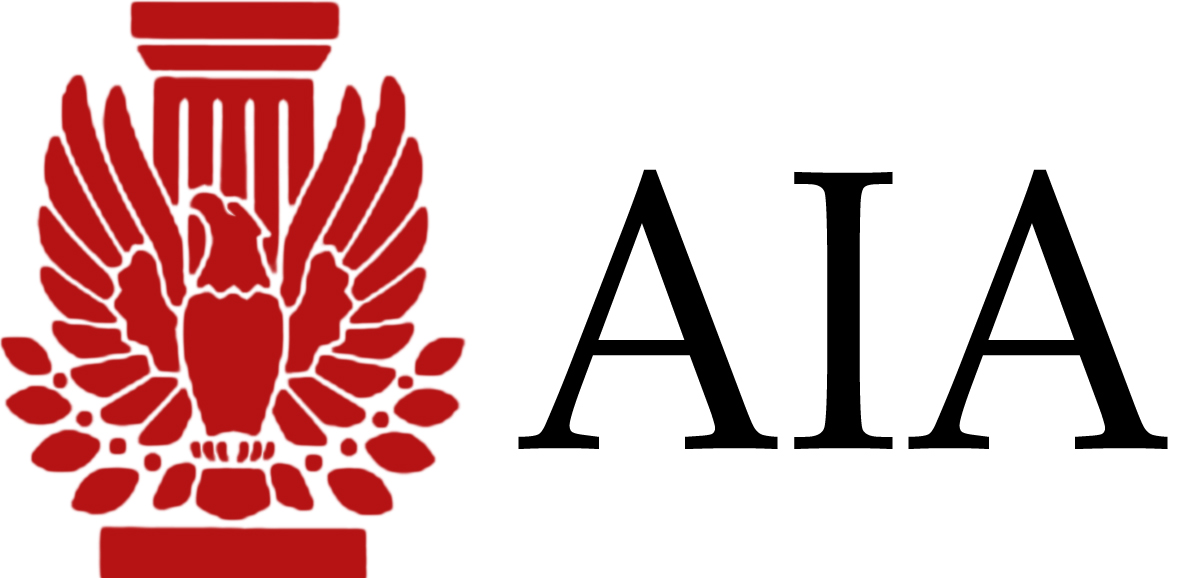Even with the myriad of obstacles preventing a full scale recovery for the overall U.S. economy, the design and construction industry appears to have reasons to be at least modestly optimistic in the coming months and into next year.
A sharp spike in demand for industrial facilities so far this year, along with sustained demand for hotels and retail projects factors into what projects to be a 4.4% rise in spending this year for nonresidential construction projects – up from a projection of a 2.1% increase in the January Consensus Forecast.
The American Institute of Architects (AIA) semi-annual Consensus Construction Forecast, a survey of the nation’s leading construction forecasters, also projects a 6.2% increase of spending in 2013.
“With companies looking to bring back manufacturing jobs from overseas, there has been a sharp rise in demand for industrial facilities, which is leading to an upward revision in projections for future construction spending,” said AIA Chief Economist, Kermit Baker, PhD, Hon. AIA. “Continued budget shortfalls at the state and local level, along with a depressed municipal bond market are holding the institutional market back from seeing similar upticks in spending.”
|
Market Segment Consensus Growth Forecasts |
2012 |
2013 |
|
Overall nonresidential |
4.4% |
6.20% |
|
Commercial / industrial |
5.7% |
10.20% |
|
Industrial |
12.9% |
8.10% |
|
Hotels |
9.5% |
18.20% |
|
Retail |
6.2% |
9.00% |
|
Office buildings |
4.7% |
8.70% |
|
Institutional |
0.7% |
3.00% |
|
Healthcare facilities |
4.0% |
7.50% |
|
Education |
0.3% |
1.10% |
|
Amusement / recreation |
0.1% |
2.30% |
|
Public safety |
0.0% |
0.10% |
|
Religious |
-5.0% |
3.00% |
Remarking on what risks exist that could undermine these projections, Baker added, “Federal tax and spending changes – the so-called fiscal cliff – that may come into play in early 2013 could upset the economic applecart and prove detrimental to recovery possibilities. We will likely have a better sense after the presidential election what will happen with regards to the Bush-era tax cuts, Social Security payroll tax, extended unemployment, and deficit reduction plans that will have a ripple effect that will extend to the construction industry.” +
Related Stories
| Oct 4, 2013
Sydney to get world's tallest 'living' façade
The One Central Park Tower development consists of two, 380-foot-tall towers covered in a series of living walls and vertical gardens that will extend the full height of the buildings.
| Oct 4, 2013
Nifty video shows planned development of La Sagrada Familia basilica
After 144 years, construction on Gaudi's iconic Barcelona edifice is picking up speed, with a projected end date of 2026.
| Oct 4, 2013
Mack Urban, AECOM acquire six acres for development in LA's South Park district
Mack Urban and AECOM Capital, the investment fund of AECOM Technology Corporation (NYSE: ACM), have acquired six acres of land in downtown Los Angeles’ South Park district located in the central business district (CBD).
| Oct 4, 2013
CRB opens Atlanta office
Georgia’s status as a burgeoning hub for the life sciences industry has fueled CRB’s decision to open an office in Atlanta to better serve its clients in the market. CRB is a leading provider of engineering, design and construction services for customers in the biotech, pharmaceutical and life sciences industries.
| Sep 27, 2013
NYC releases first year-to-year energy performance data on commercial properties
A new report provides information on energy performance of New York City's largest buildings (mostly commercial, multi-family residential). It provides an analysis of 2011 data from city-required energy “benchmarking”—or the tracking and comparison of energy performance—in more than 24,000 buildings that are over 50,000 square feet.
| Sep 27, 2013
ASHRAE/IES publish first standard focused on commissioning process
ANSI/ASHRAE/IES Standard 202, Commissioning Process for Buildings and Systems, identifies the minimum acceptable commissioning process for buildings and systems as described in ASHRAE’s Guideline 0-2005, The Commissioning Process. Standard 202 is ASHRAE’s first standard focused on the commissioning process.
| Sep 26, 2013
6 ways to maximize home-field advantage in sports venue design
Home-field advantage can play a significant role in game outcomes. Here are ways AEC firms can help create the conditions that draw big crowds, energize the home team to perform better, and disrupt visiting players.
| Sep 26, 2013
Literature review affirms benefits of daylighting, architectural glazing
The use of glass as a building material positively impacts learning, healing, productivity and well-being, according to a white paper published by Guardian Industries and the University of Michigan Taubman College of Architecture and Urban Planning. The findings highlight the significant influence daylighting and outside views have on employees, workers, students, consumers and patients.
| Sep 26, 2013
Mobilizing your job site to achieve a paperless project: fact or fiction?
True mobility in the field has rapidly evolved from lock-box kiosks on each floor to laptops on rolling carts to tablets and iPads loaded with drawings sets stored in the cloud. And WiFi-ready job sites have gone from “nice to have” to “must have” status in just a little over a year.
| Sep 26, 2013
Leading in the face of change
As AEC firms navigate toward an uncertain future, the most effective leaders are those who eagerly adapt to change. Here are three attitudes that drive leaders who are of most value to their firms.
















